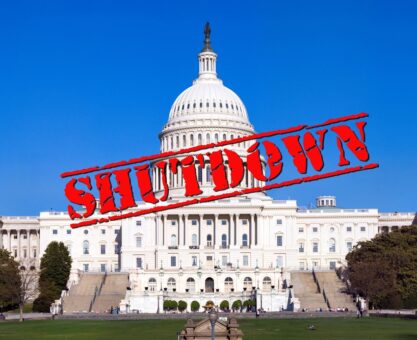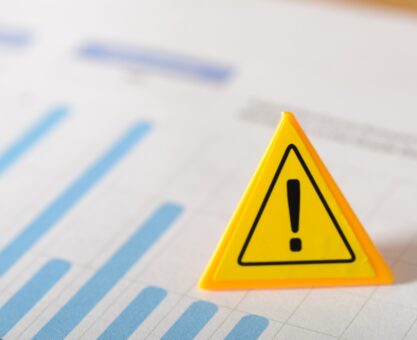In the first eight months of 2025, 88,062 civil servants have submitted federal retirement applications. Even if you are years away from retirement, the time to start planning is now.
Day One
A successful federal retirement starts with consistent contributions to your TSP account. Your agency automatically contributes 1% of your basic pay, even if you don’t contribute. Next, they match your contribution dollar-for-dollar up to 3% of pay, then 50 cents on the dollar for the next 2%.
Ongoing Maintenance
Regularly check your eOPF file for accuracy. Review legal and financial documents and update beneficiary designations (CSRS/FERS, FEGLI, TSP), wills, and estate plans. Adjust your TSP contribution rates as your salary increases and you have more disposable income.
Age 50
TSP catch-up contributions kick in at this age and add an extra $7,500 per year on top of the standard contribution limit. If you got a late start or weren’t able to contribute as much as desired early in your career, consider maximizing savings in your final decade-plus of work.
5 Years Before Retirement Eligibility
OPM requires agencies to offer pre-retirement training during this window. Take advantage of it to learn about annuity estimates, forms, and deadlines. Check your FEHB coverage dates. Carrying it into retirement requires coverage for 5 years before retirement.
Nearing Retirement
Learn how your pension, Social Security, and TSP withdrawals will be taxed, and structure income streams to minimize surprises. Take a test drive; live on your projected retirement income now to identify and fix shortfalls. Ensure you have enough money set aside to bridge the OPM processing gap and cover unexpected costs. Evaluate life insurance and long-term care options to protect your family.
Ages 60–63
Catch-up contribution limits increase to $11,250. Take advantage if you’re still working to maximize last-minute savings.
Age 62
This is the minimum age at which you are eligible to file for Social Security retirement benefits. Benefits are permanently reduced if you claim early, and are subject to the earnings test if you make more than $23,400 annually.
Age 67
For those born in 1960 or later, this is your Full Retirement Age. Your benefits won’t be reduced, and you won’t be subject to the earnings test. If you can wait to file until 70, you will receive the maximum benefits available.
Age 73
The IRS requires you to begin taking Required Minimum Distributions (RMDs) from your traditional TSP and other tax-deferred accounts by April 1 of the year after you turn 73. Failing to do this can lead to penalties, so make sure your withdrawal strategy accounts for this.
Overwhelmed by the complexities of retirement? Consider working with a Federal Retirement Consultant (FRC®) who can help align your benefits, investment strategy, and timing.























